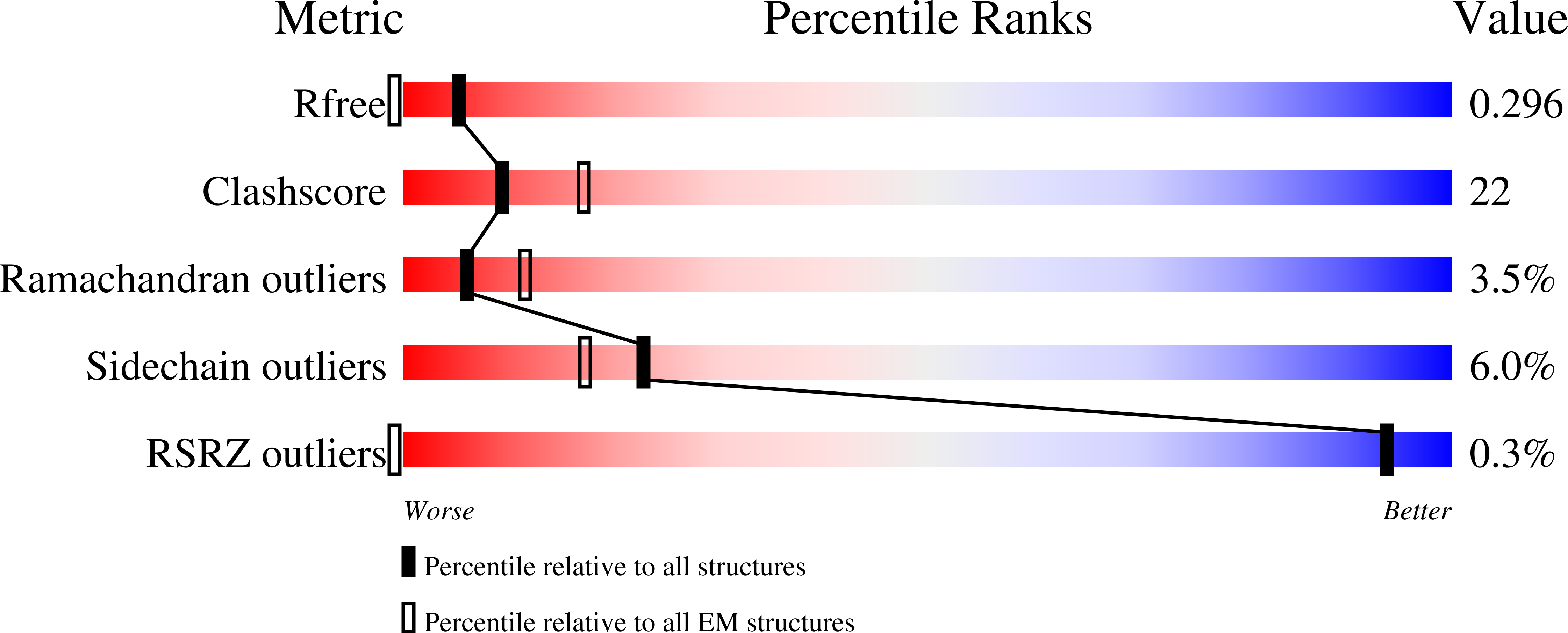
Deposition Date
2020-06-23
Release Date
2021-01-27
Last Version Date
2024-01-24
Entry Detail
PDB ID:
6ZHJ
Keywords:
Title:
3D electron diffraction structure of thermolysin from Bacillus thermoproteolyticus
Biological Source:
Source Organism:
Bacillus thermoproteolyticus (Taxon ID: 1427)
Method Details:
Experimental Method:
Resolution:
3.26 Å
R-Value Free:
0.29
R-Value Work:
0.21
R-Value Observed:
0.21
Space Group:
P 61 2 2


